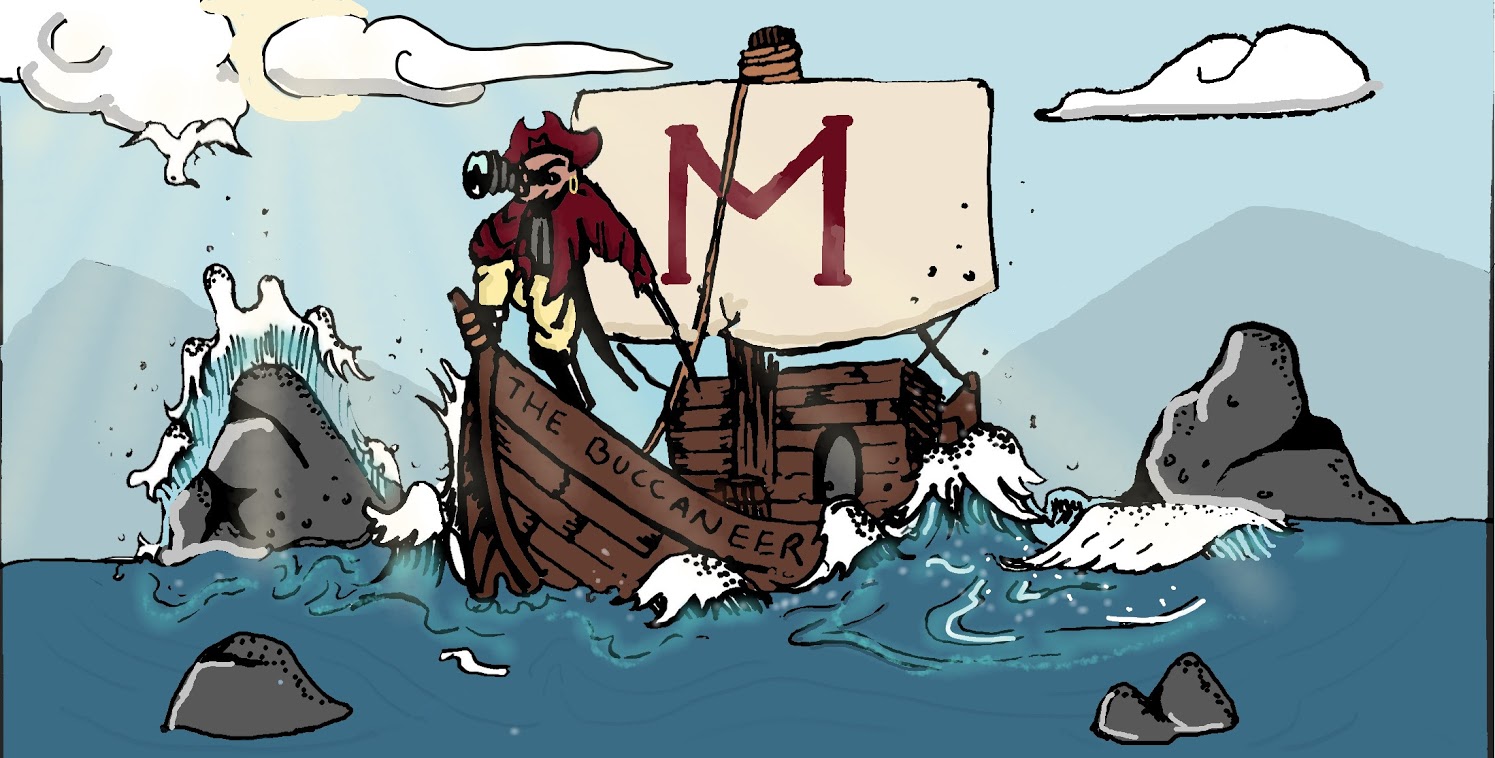The Saga of The Wall
May 7, 2019
From the beginning of Donald Trump’s campaign for presidency, he promised to build a wall. The wall became a rallying cry on the campaign trail and really came to be a symbol for Trump’s eventual presidency. Two plus years after his election and the wall has not yet been built but it has certainly been a major subject of discussion and conflict in Washington D.C. and the rest of the country. The wall’s inherent divisiveness has made it quite unpopular with the left, who recently took back a majority in the House of Representatives which gives them some power to fight and prevent the building of the wall. Trump’s unwillingness to go back on his promise however has led to some intriguing situations for the country, especially in the early stages of 2019.
The year started off in the midst of the longest government shutdown in American history. The shutdown lasted 35 days, starting December 22, 2018, and ending on the 25th of January of this year. The shutdown was caused by the inability of the president and Congress to reach an agreement on funding for the border wall. The president requested $5.7 billion for his wall, however Democrats, and some Republicans, opposed the demands and didn’t include the funds in their spending bill. Trump refused to give up on his wall and didn’t sign off on the spending bills, instead letting the country enter a partial government shutdown. Trump had threatened the shutdown leading up to the 21st of December, even once touting it the “Trump Shutdown,” offering to take responsibility for it to Democratic leaders Nancy Pelosi and Chuck Schumer.
The shutdown did not go well for Trump. It eventually ended in a deal, much more towards what the Democrats wanted, and Trump’s polling and approval took a hit. The issue of the wall seemed to be put to bed temporarily but it did not last long. After his State of the Union rebounded some of his polling, Trump began to consider earnestly, declaring a national emergency to bypass Congress and gain access to the billions of dollars he needed for the wall. Ten days after the State of the Union, Trump declared a state of national emergency on February 15th. For reference, a state of emergency was announced immediately following 9/11 to authorize military action against the terrorist groups. Many national emergencies are done to impose sanctions however, President Trump’s emergency over the wall and the one following 9/11 are the only two to immediately authorize military action, although some have been amended to include it later. Although the declaration of a national emergency itself has been widely unpopular, the president’s polling has not suffered.
Not too long into the national emergency, the House of Representatives voted, bipartisanly, to block the President’s declaration, and the bill got through the senate too. The block was then subsequently vetoed by Donald Trump, the first veto of his presidency. House Speaker Nancy Pelosi scheduled a veto override vote for March 26th however the House does not appear to have the votes necessary to override the veto. This does not mean that the national emergency is set in stone however. It still faces constitutional battles in court which will likely go to the Supreme Court who will hold the final decision over the legality of the President’s declaration.

